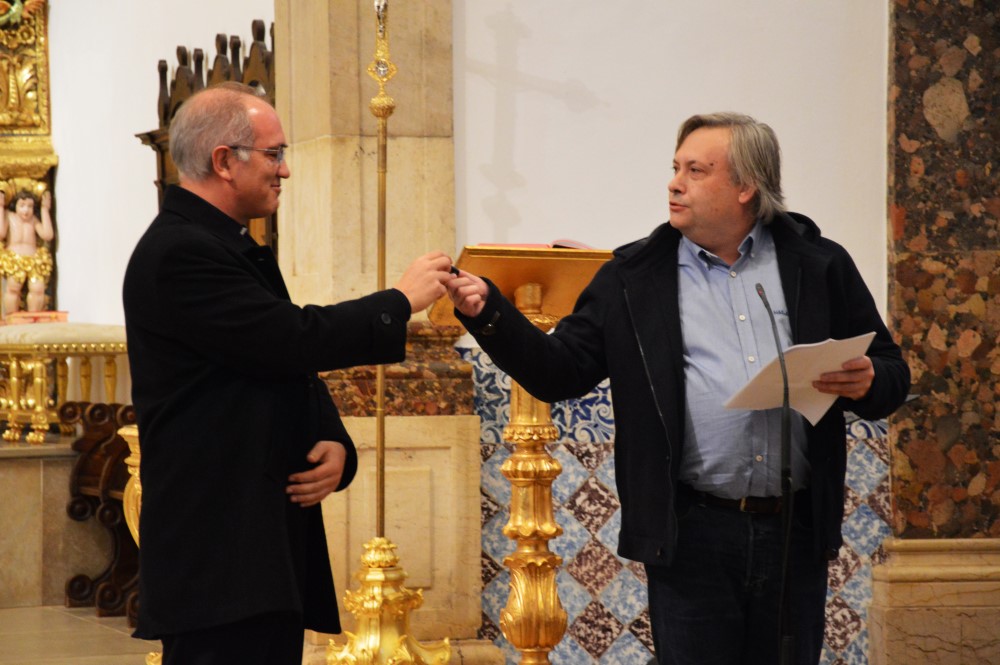 If nothing else, the book on the Parish Church of Portimão that Nuno Campos Inácio published a few days ago would have had, at least, one good consequence: it served to return to that temple, in digitized form, the parish records and other documents who, in 1911, were "nationalized and removed from the church".
If nothing else, the book on the Parish Church of Portimão that Nuno Campos Inácio published a few days ago would have had, at least, one good consequence: it served to return to that temple, in digitized form, the parish records and other documents who, in 1911, were "nationalized and removed from the church".
For this, at the end of the book launching session, which, on December 10, filled that church, the researcher from Portimão delivered, to Father Mário de Sousa, parish priest of Portimão, a pen drive containing digitized documents that were among the Torre do Tombo, the Royal Academy of Sciences, the District Archive, the University of Coimbra Library and the Documentation Center of the Portimão Museum.
"These documents belong to the Church in their own right, so today, even in digital format, they return to the place they should never have left," he said.
On the external disk that Nuno Inácio handed over to Father Mário, there were all the parish records of the parish held between 1575 and 1905, the list of documents from the Casa de Abrantes from 1463 to 1596, the copy of the foundation deed of the Chapel of the Blessed Sacrament of 1605 , the Alvará of D. Filipe III of 1624, the deeds of the realization of the altarpieces in 1724, the Parish Memory of 1730, the Parish Memory of 1758 and other loose documents about the church and the brotherhood.
In all, underlined Nuno Campos Inácio, there are 16.536 documents, which should be added to the documentation that the Church of Portimão already has, so that it can «create, in its Parish Center, a digital archive space, a digital library, so that students and researchers can carry out work on the Mother Church with greater ease, thus enriching collective knowledge».
In other words, more than a point of arrival, the launch of the work «Igreja Matriz de Portimão – 550 Years of History (1467-2017) can be a starting point.
“All knowledge is sterile if not shared. It is the sharing of knowledge that gives it life, that enhances it and, at times, corrects it», said the researcher. "If documents by themselves are nothing, archives are also mere paper deposits, if the information they contain is not properly cataloged and made available to those who want to know, not by individual whim, but to share it" .
These documents, as well as the documental collection that the church still kept and that Father Mário had scanned to make the task easier for the investigator, who could consult them "from home", were the basis for the writing of the 324-page book , published now by Arandis, the publisher launched in 2012 with Sérgio Brito and Fernando Lobo.
And what story does this work tell? It tells the story of the group of anonymous people from Portimo, whose name History has not registered, who, «550 years ago, asked the then Bishop of the Algarve for authorization to build their church», which came to pass.
The Castelo Branco family, lords and later counts of Vila Nova de Portimão participated in the building. But, stressed the researcher, "it was not by the will of a man, or a family" that the church was built.
It was for the will of that same «anonymous people, community of believing citizens», and that, «550 years later, it contributed voluntarily and anonymously so that the parish church was restored», he also underlined.
«It was the Faith that united people, generation after generation, making them protect their Church from the attacks of privateers of Turkish and Algerian piracy, of the 25th century, of the attacks of the English and Dutch of the XNUMXth century, of the French Invasions in the beginning of the XNUMXth century, of Liberal anticlericalism, of the fanaticism of republican nationalization and of the Marxist movement of the post-XNUMXth of April», added Nuno Campos Inácio.
"How important it would be that some pseudo cults of the European square could listen to this author, in order to understand that any attack on Christianity is an attack on the people and on the European roots", underlined Canon Carlos César Chantre, vicar general of the Algarve diocese, present at the launch of the work.
The 22 chapters of the book cover broad themes, from the origin of Christianity in Hispania, to the Mother Church today, through the characterization of the temple, the religious life of Portimo, from century to century, Visitations, Chapels, Confraternity and Brotherhoods, Art Sacred, statistics, list of priests and the very rich Tombo da Igreja Matriz.
Isilda Gomes, mayor of Portimão, also present at the launch, guaranteed that she will "read this work very carefully". “If we don't know, we can't like it, but when we know better, we start to like it more”, stressed the mayor, adding that in Portimão “there aren't so many buildings that deserve this study”.
Father Mário de Sousa, for his part, underlined the responsibility of leaving to future generations the knowledge and appreciation of what is "the house of the true Church", "the one made of living stones".
All proceeds from the sale of the books revert to the Parish of Nossa Senhora da Conceição – Matriz de Portimão, with the author graciously preparing the work and Arandis Editora, who publishes it, abdicated its profit margin. The book costs 20 euros and is on sale at the Igreja Matriz in Portimão.
The release of the work began with a musical moment by the Bach Orchestra, from the Conservatório de Portimão Joly Braga Santos, in which one of the young violinists is the author's daughter.
Photos: Elisabete Rodrigues|Sul Informação
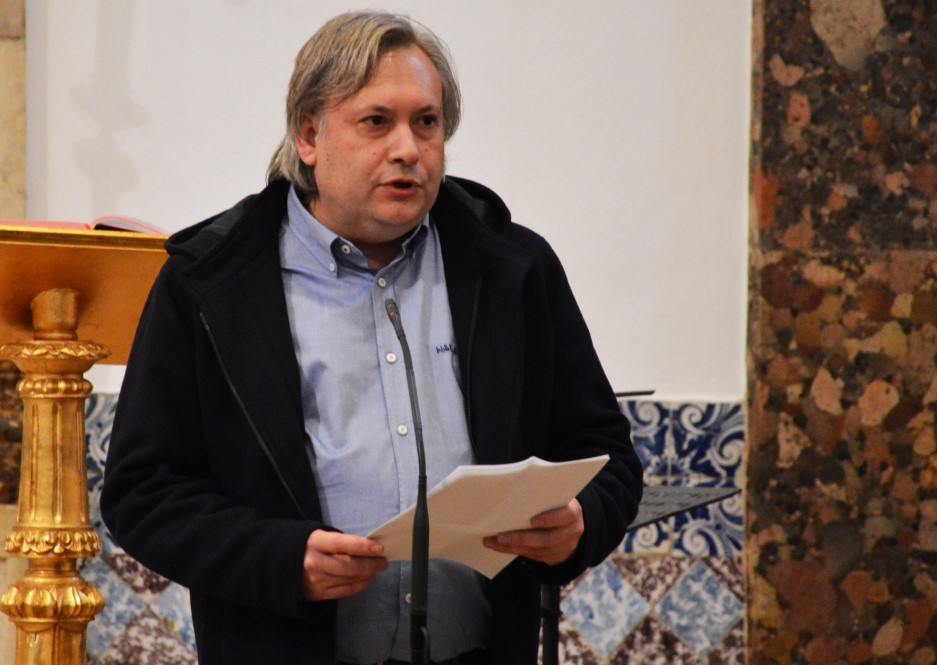
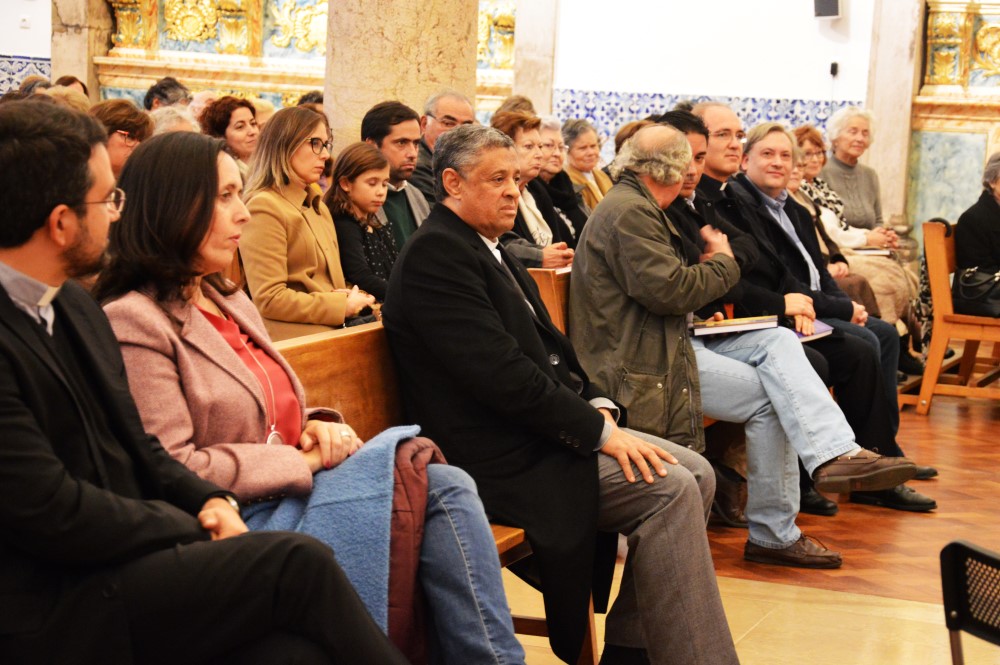
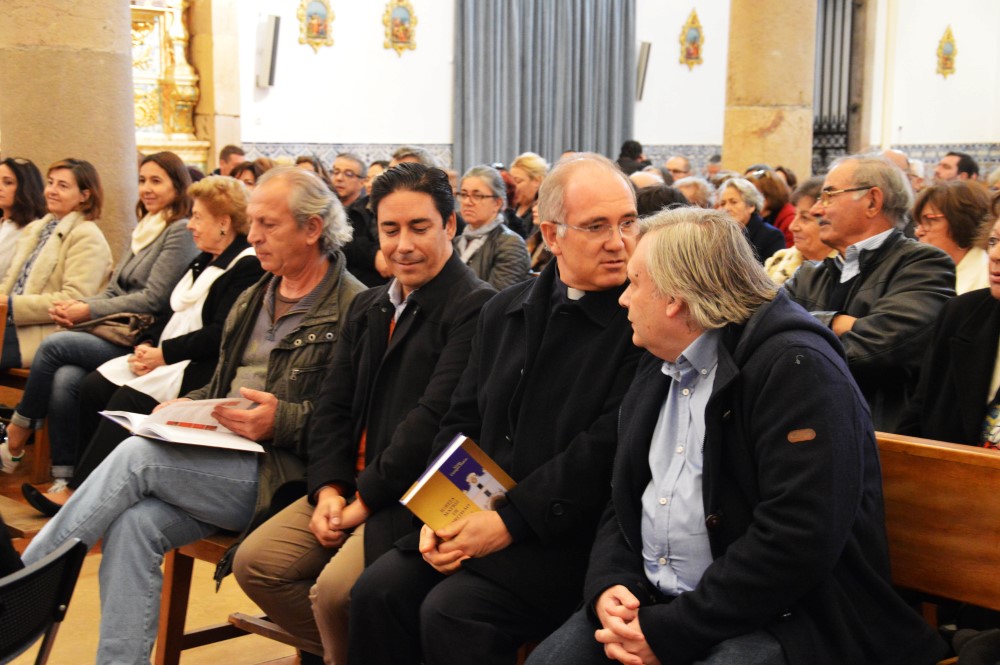
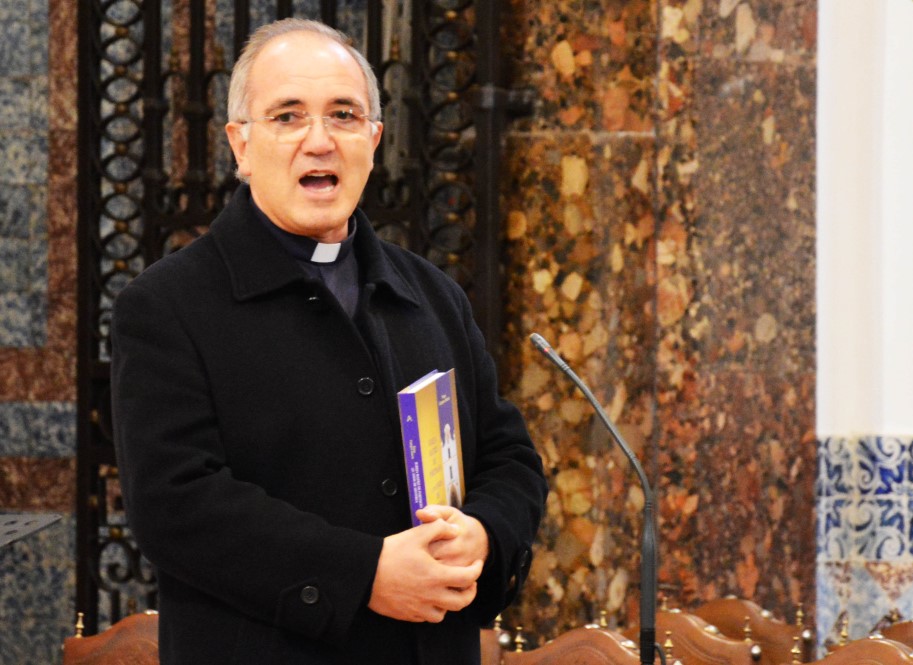
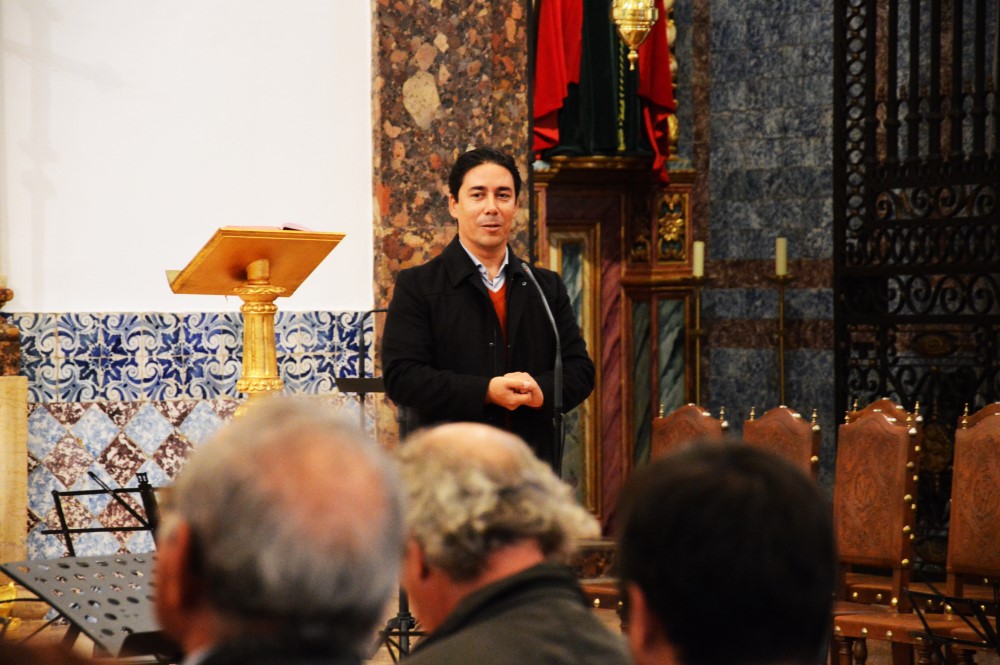
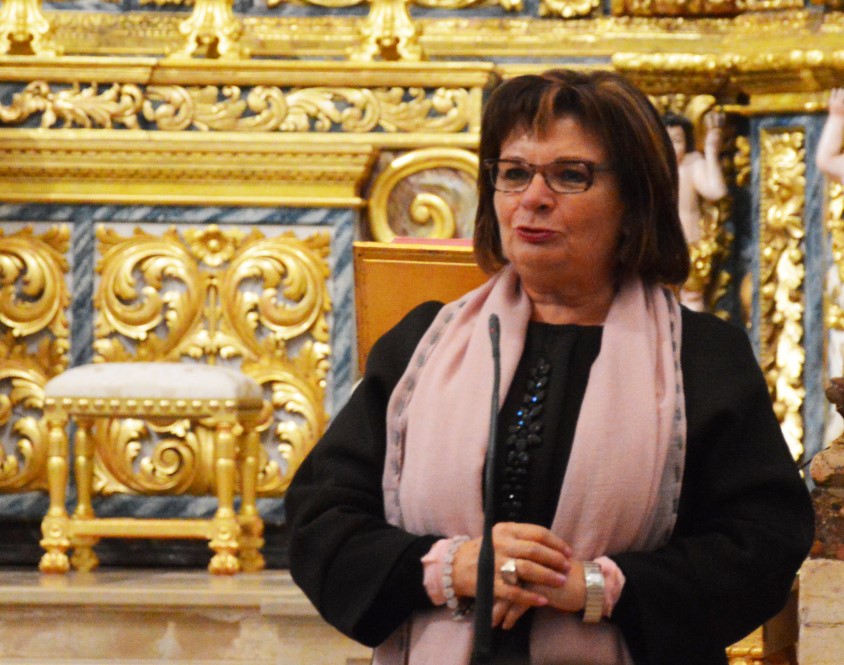
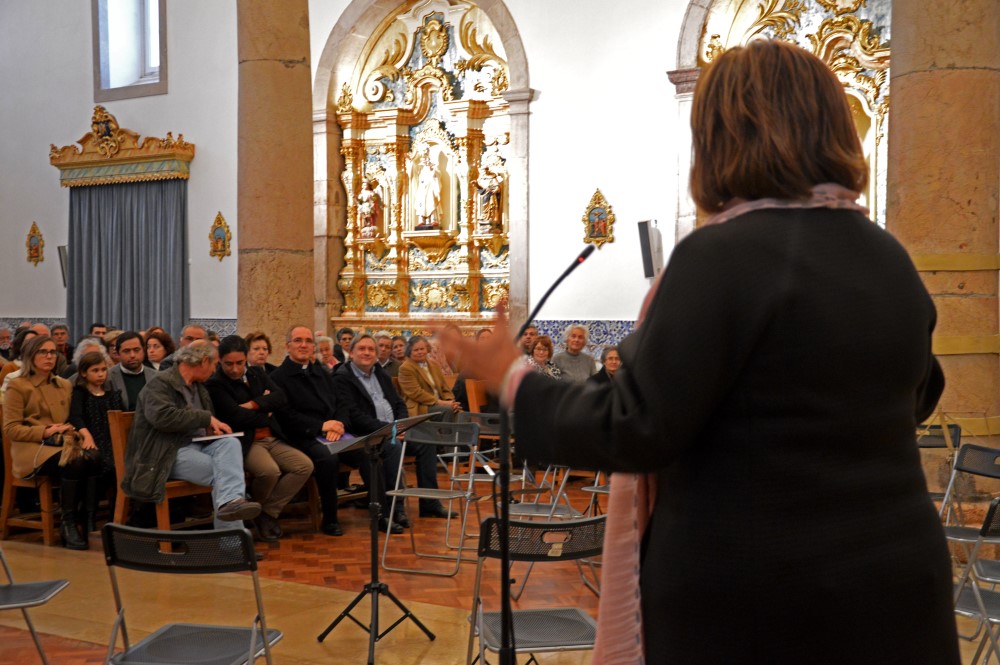
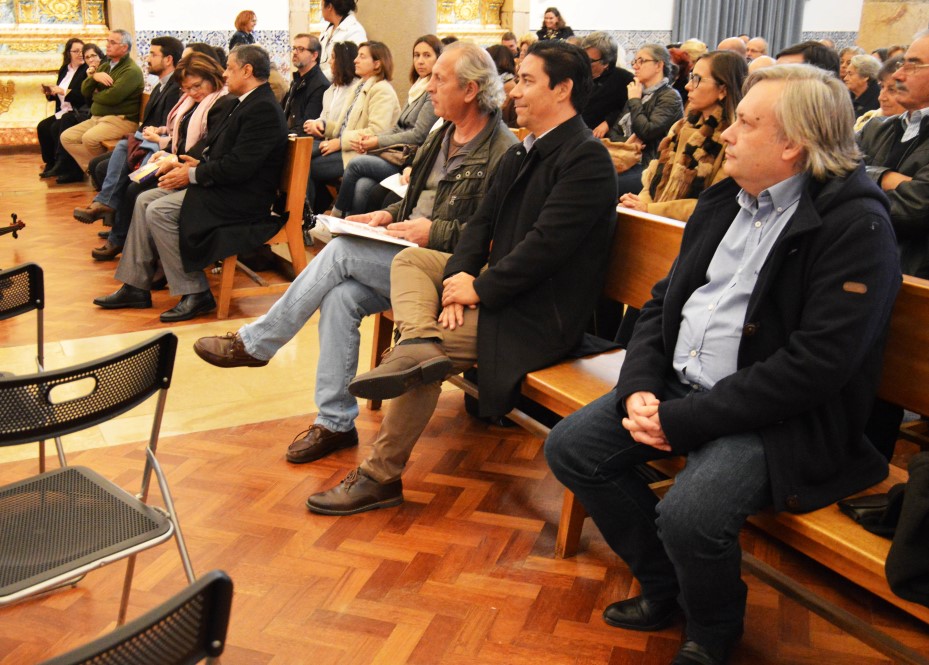
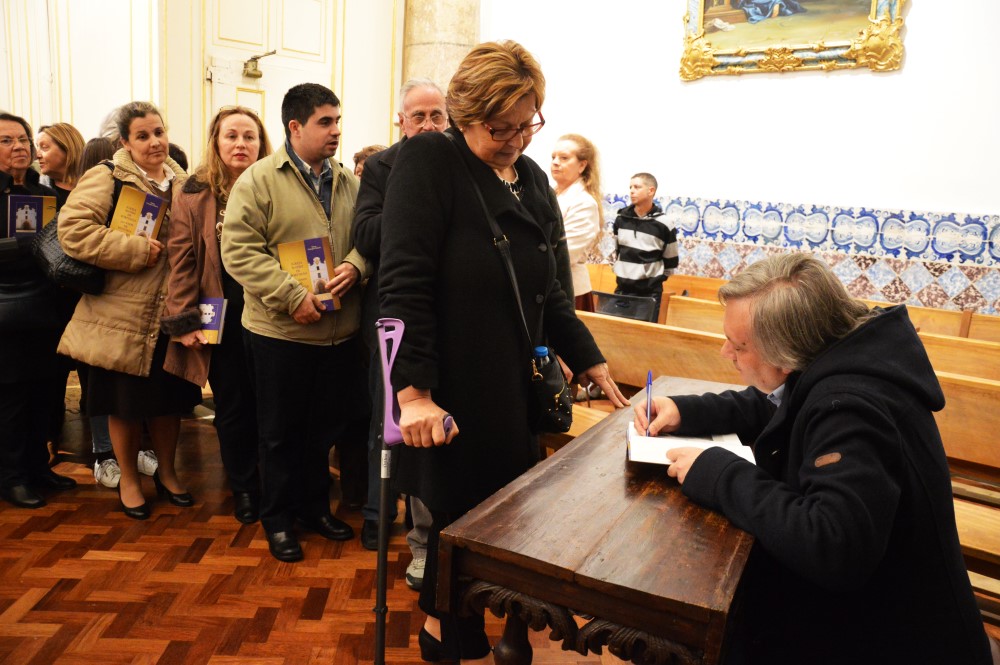
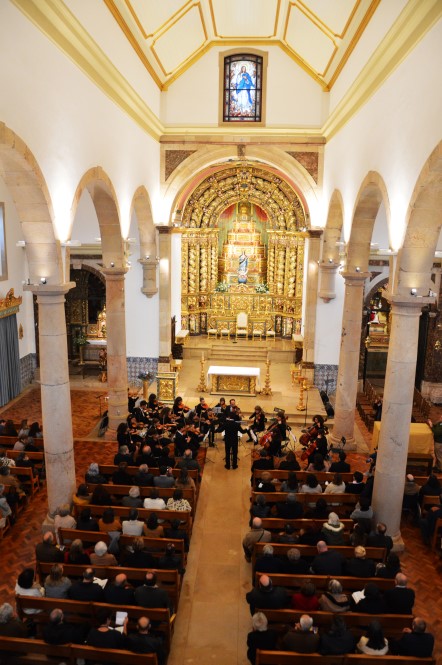
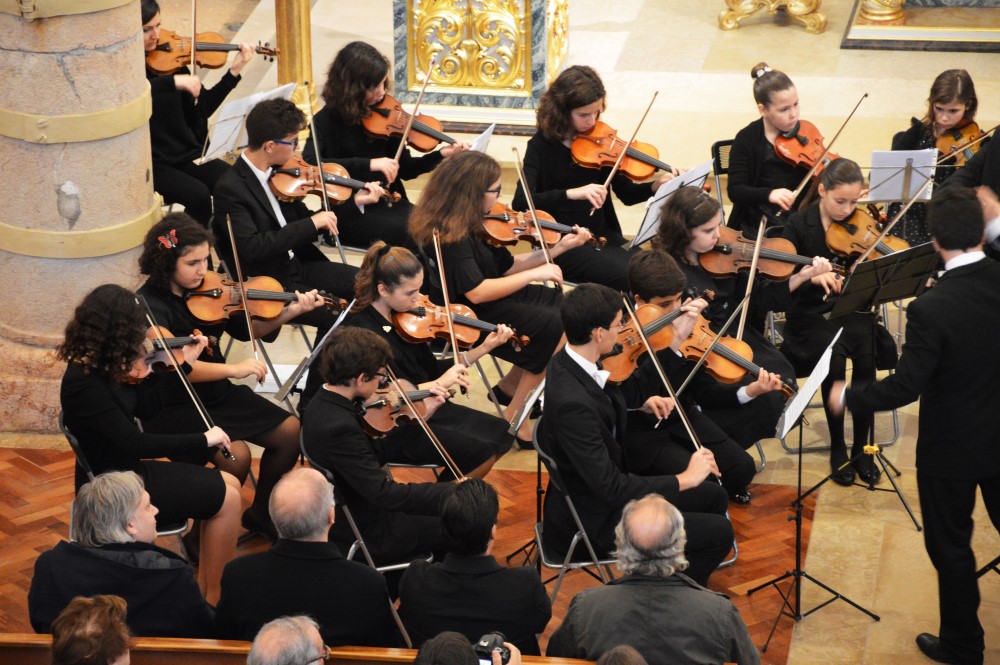
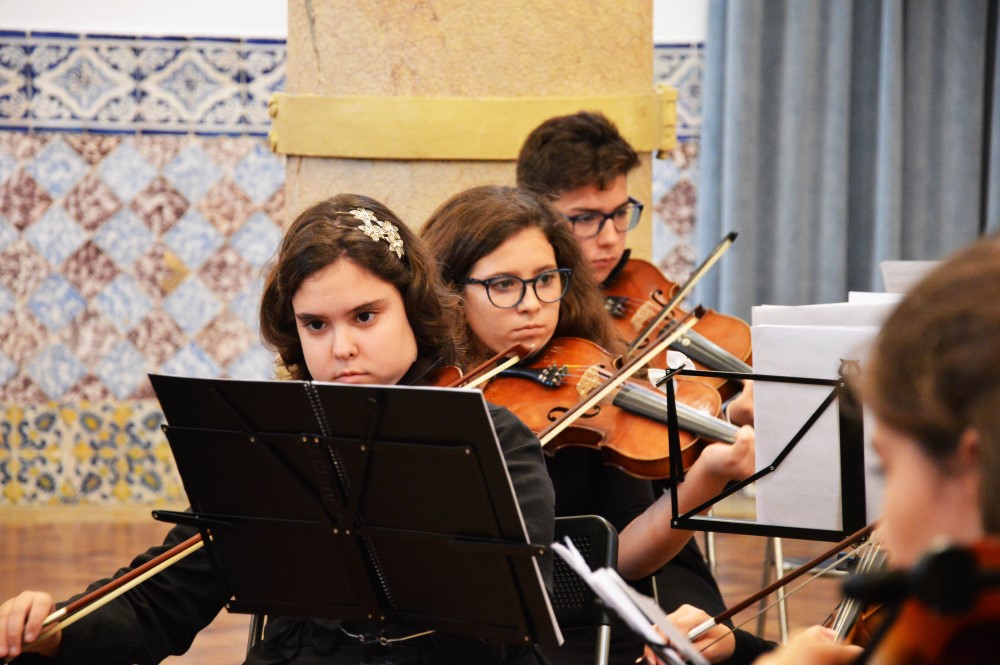
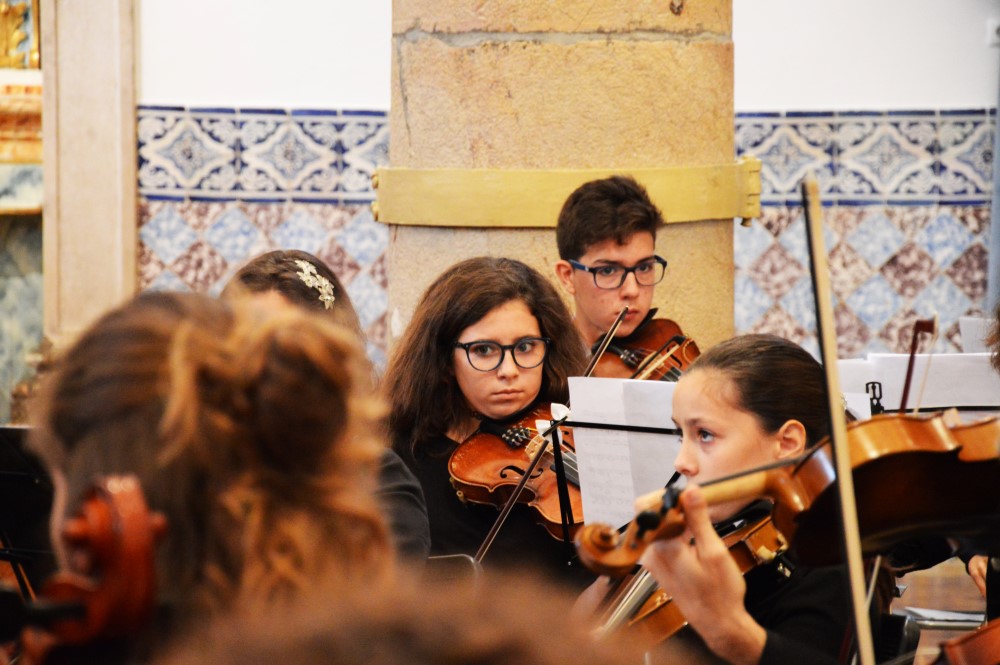
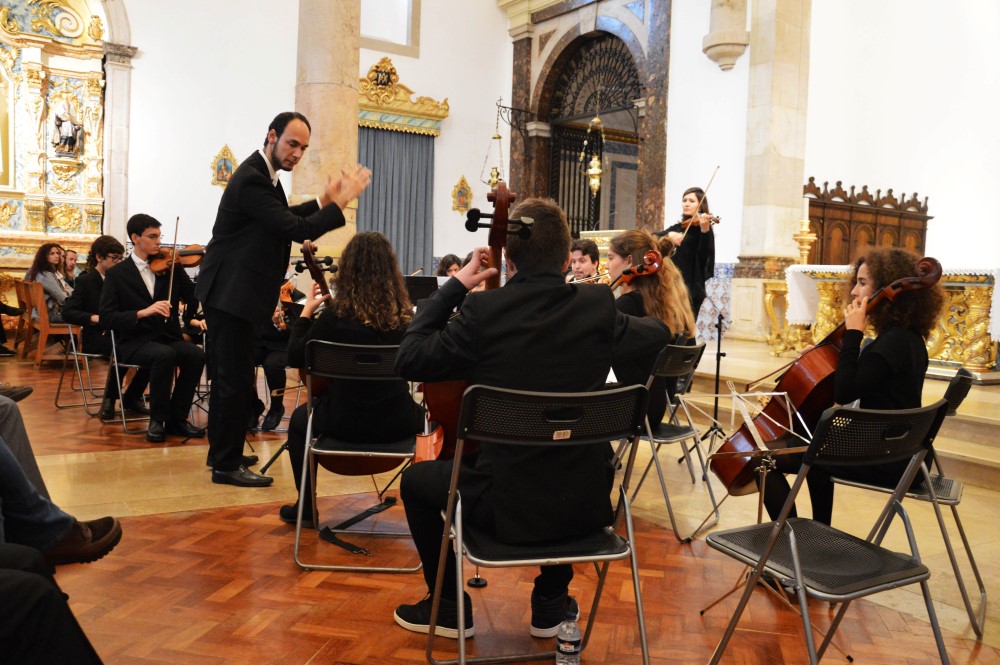
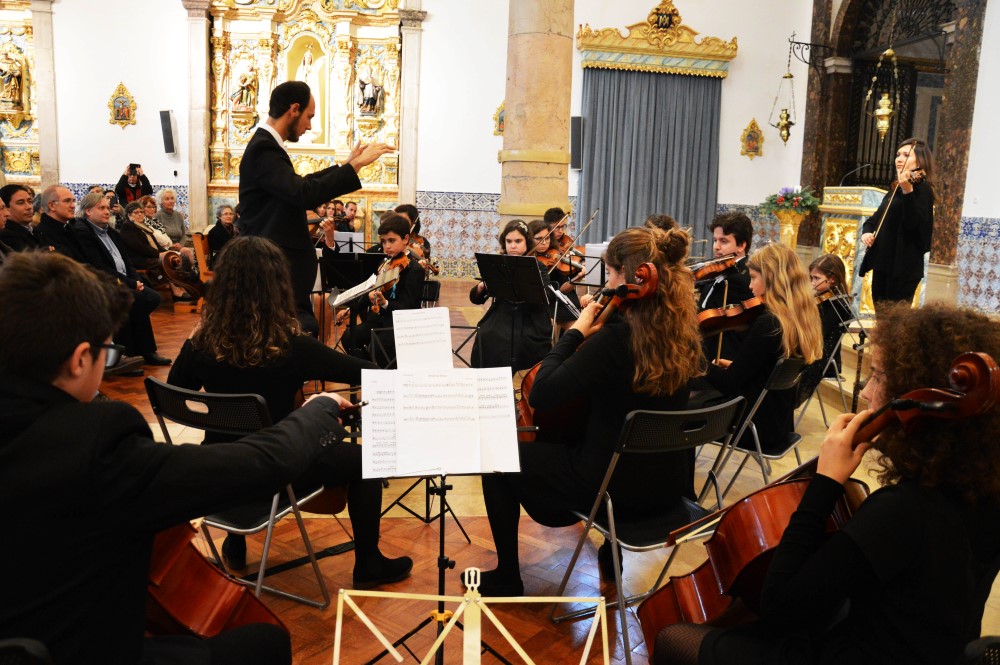
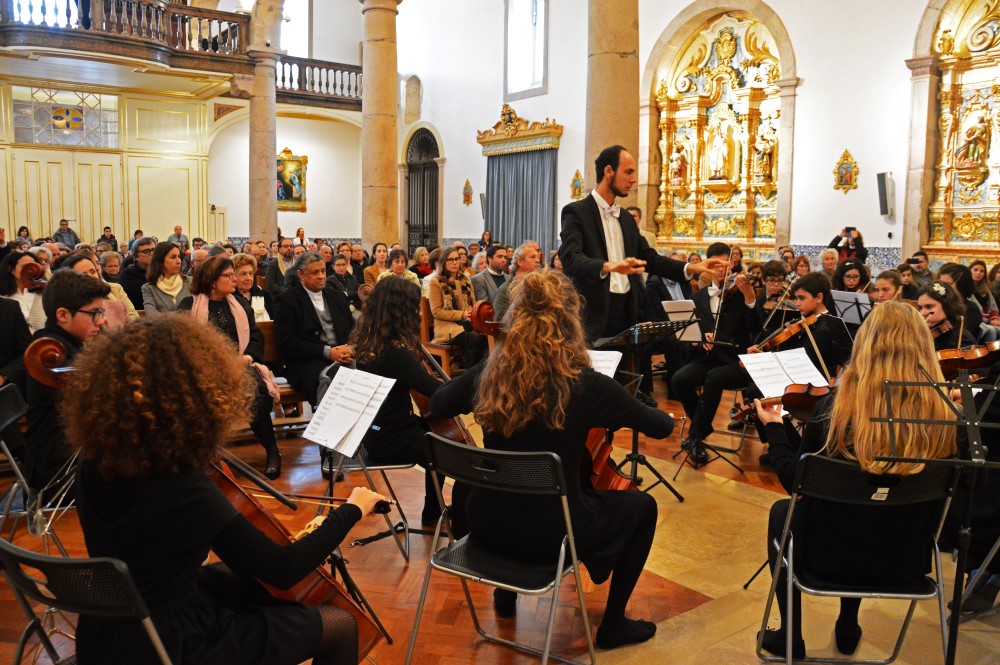
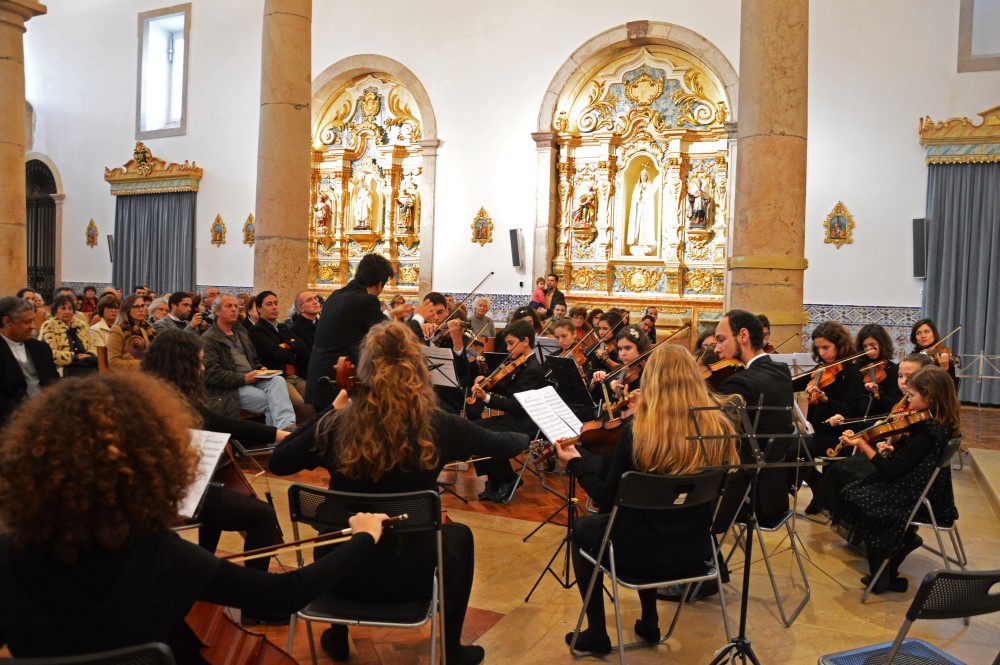
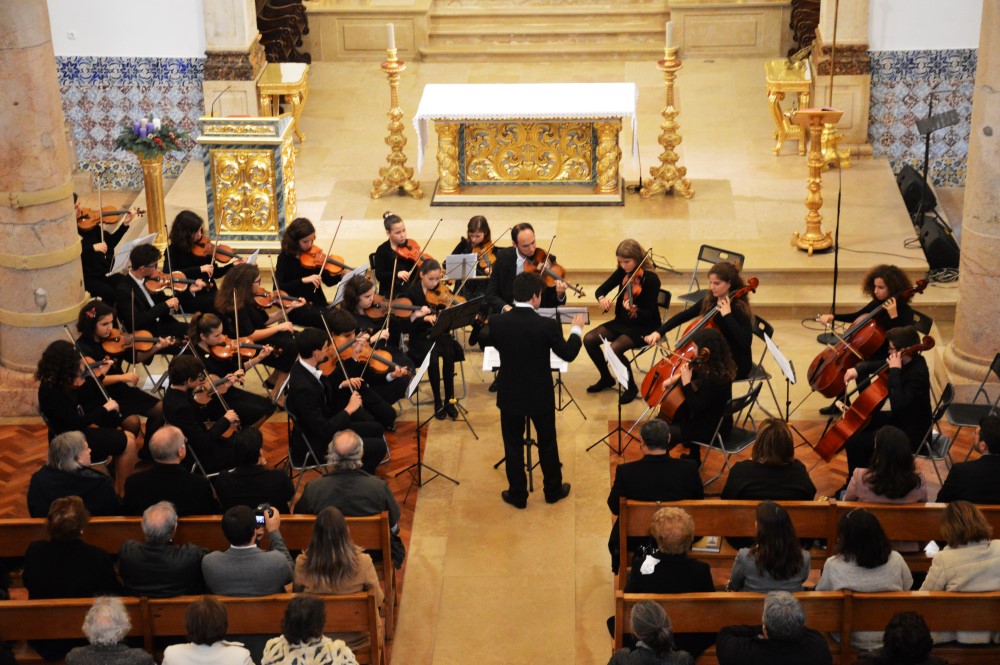
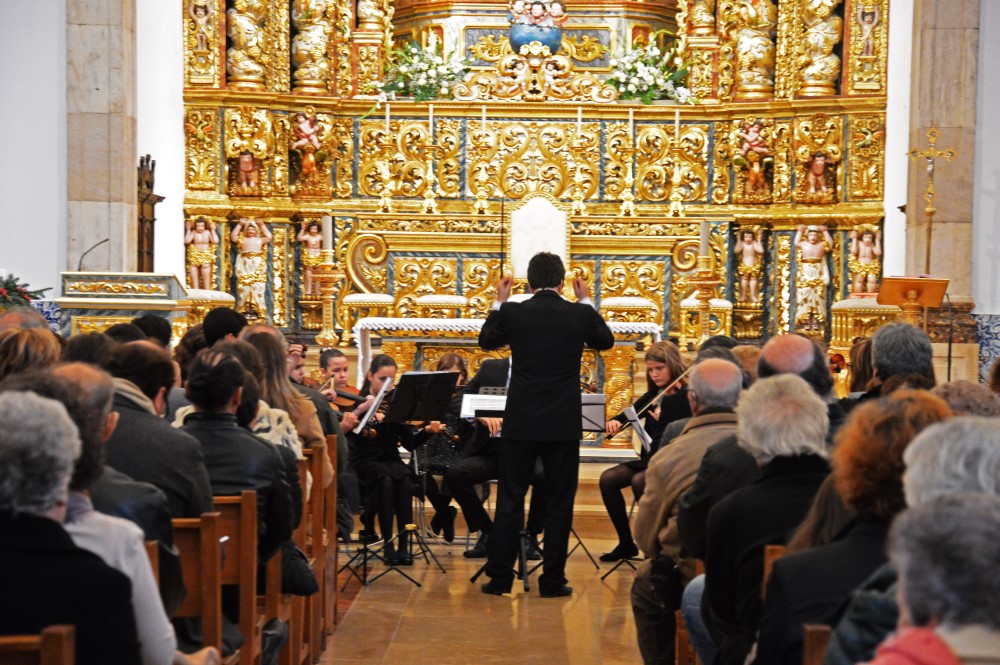
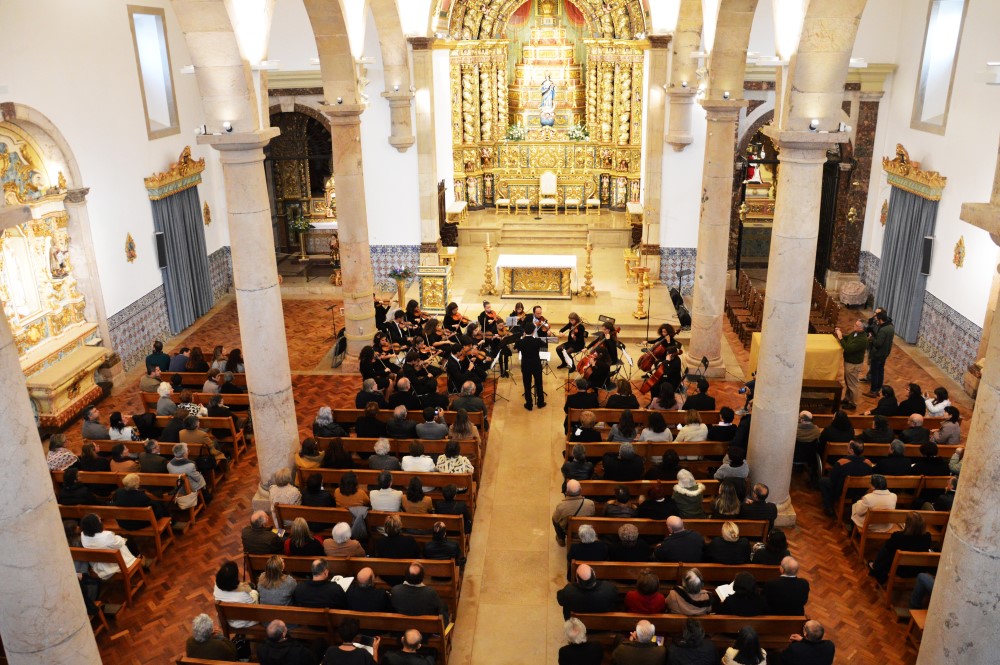


















Comments